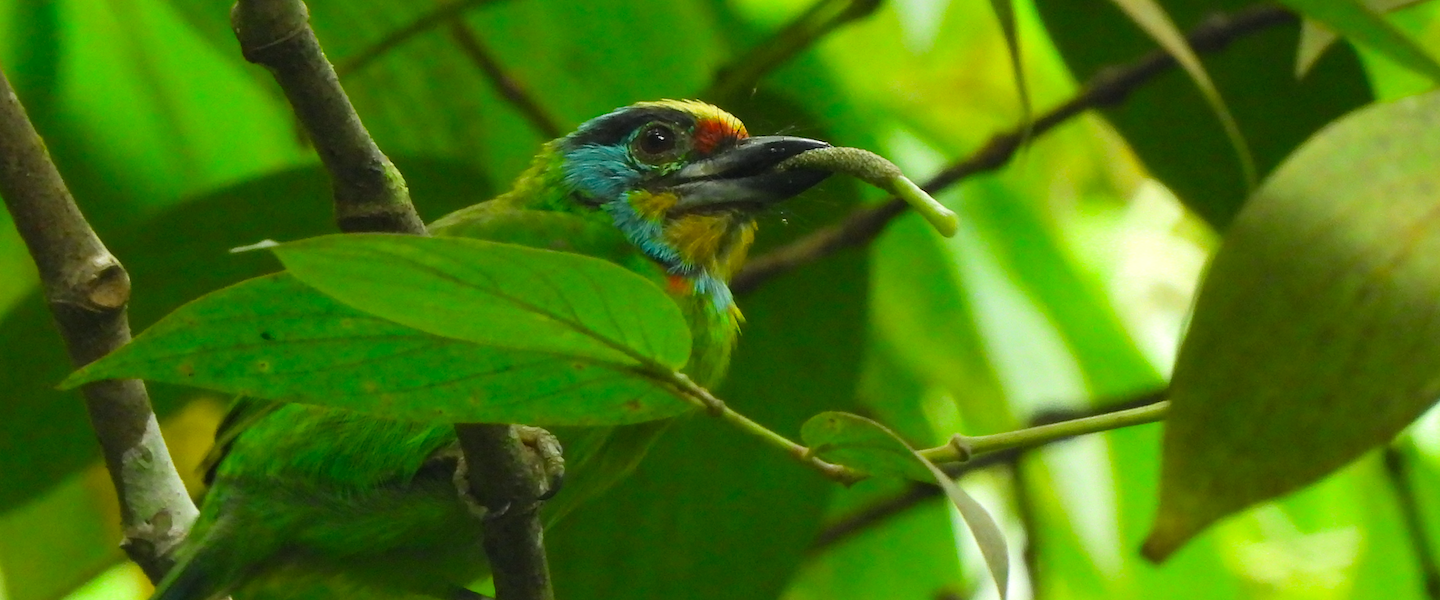The Maasai are a Nilotic ethnic group originally inhabiting the area between central Kenya and northern Tanzania. Fearsome warriors and skilled pastoralists, their customs and traditions are today something of a rara avis in the fast-changing realities of these African countries, often facing various challenges from central governments and foreign policy-making. Many have recently changed their livelihoods, with entire villages turning into tourist attractions that sell an appealing story, increasingly disconnected from their roots. During a University of Helsinki field course in February 2024, we visited Narok County and interviewed Maasai people in different communities — at first motivated to learn how they cope with coexisting with large mammals, but ultimately gaining a glimpse of how these social trends threaten their very understanding of life.
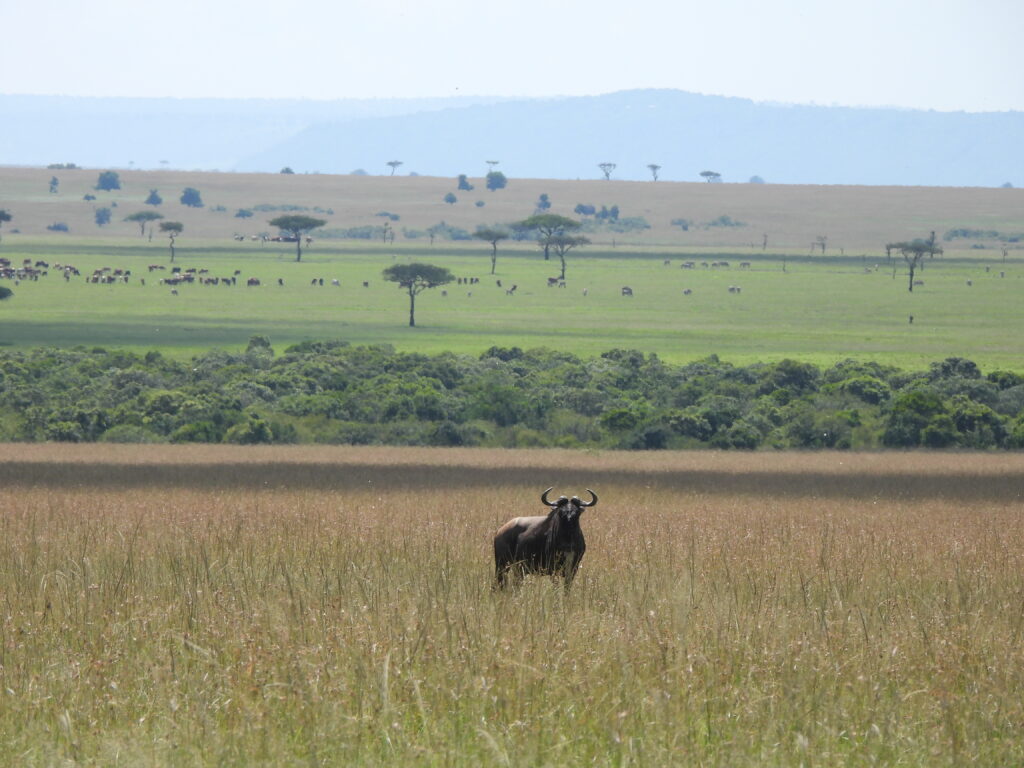
While in Narok County, we stayed at a guesthouse in the Mara North Conservancy area. Our garden was full of flowering poinsettia trees buzzing with butterflies, while herds of plains zebras (Equus quagga), blue wildebeest (Connochaetes taurinus) and some topi (Damaliscus lunatus) grazed just past the fence, near some of our tents — as did some noisy spotted hyenas (Crocuta crocuta) at night!
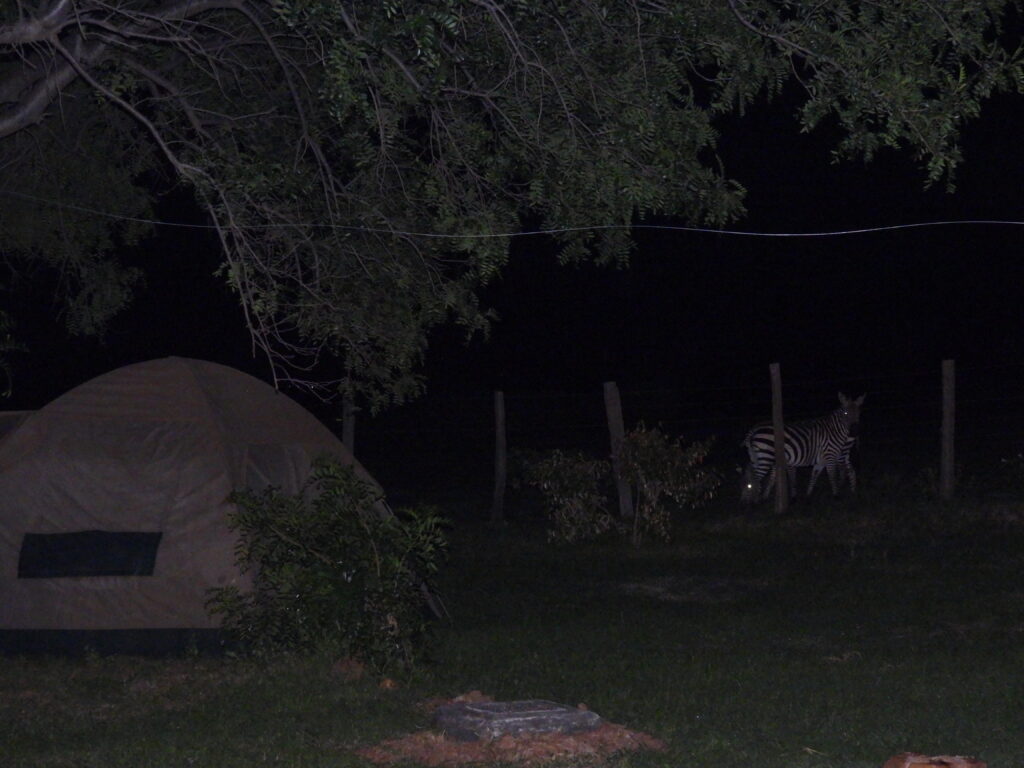
Bird-wise, the lodge gardens were paradise. Bronze sunbirds (Nectarinia kilimensis), speckled pigeons (Columba guinea), superb starlings (Lamprotornis superbus), greater blue-eared starlings (Lamprotornis chalybaeus) and red-billed oxpeckers (Buphagus erythrorhynchos) were almost always in sight. Purple grenadiers (Granatina ianthinogaster), common bulbuls (Pycnonotus barbatus), northern gray-headed sparrows (Passer griseus) and vitelline masked-weavers (Ploceus vitellinus) foraged in the bush. A northern fiscal (Lanius humeralis) was constantly feeding a fledgling.
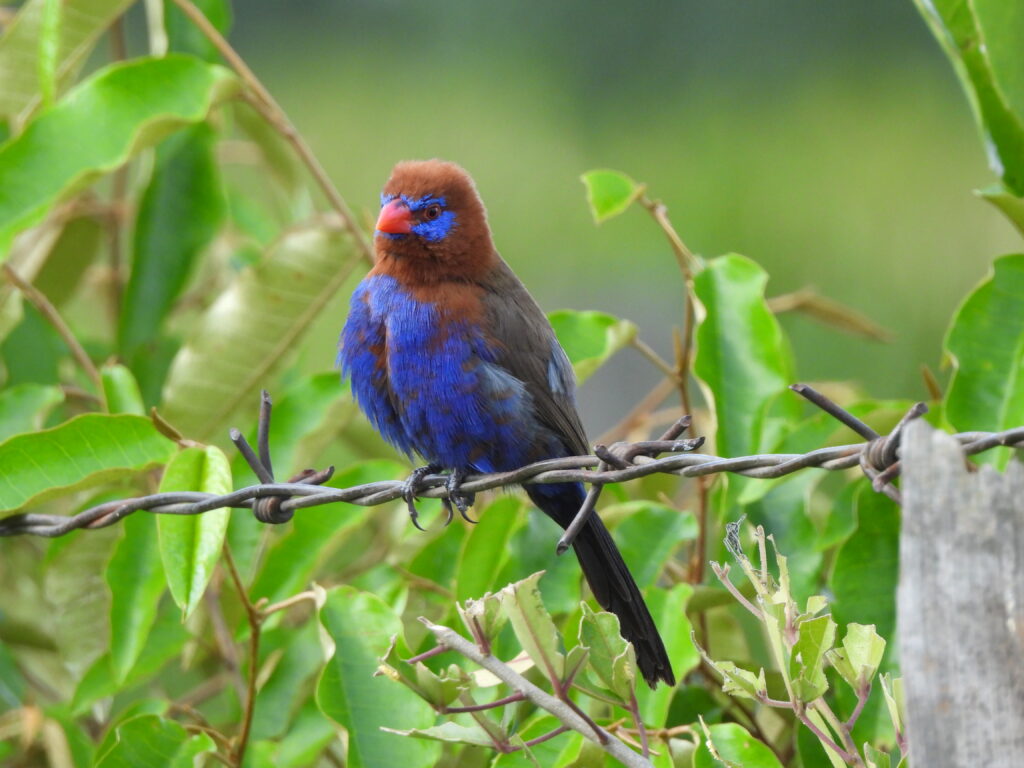
We also had some cooperative golden-breasted buntings (Emberiza flaviventris) and spot-flanked barbets (Tricholaema lacrymosa) in the vegetation. Augur buzzards (Buteo augur), ‘steppe’ vulpinus buzzards (Buteo buteo), bateleurs (Terathopius ecaudatus) and lappet-faced vultures (Torgos tracheliotus) were welcome fly-by additions.
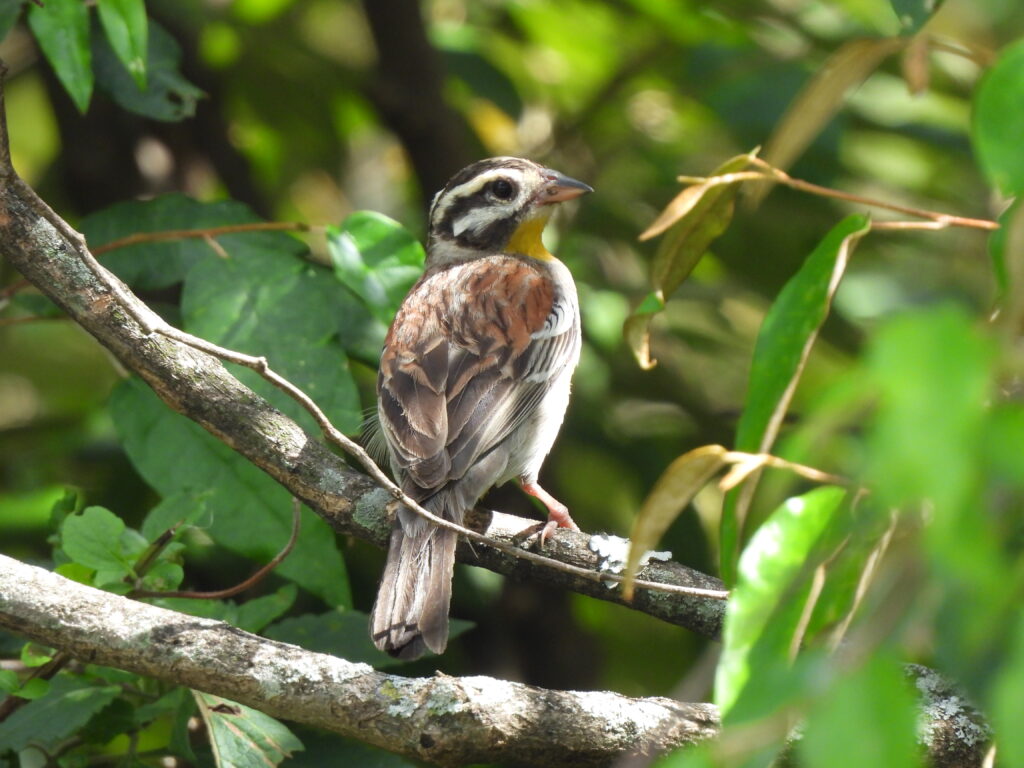
The closest village to our guesthouse was within walking distance. We scheduled an interview with the village chief and prepared our questions. Despite having set the meeting and explained its purpose, we Europeans and Americans were welcomed with the customary Maasai singing and dancing, shown a few of the village houses and ultimately led out through a small pop-up souvenir market — all while hearing grandiloquent stories of feats, victories and losses against lions, buffaloes and leopards, with little to no room for questions.
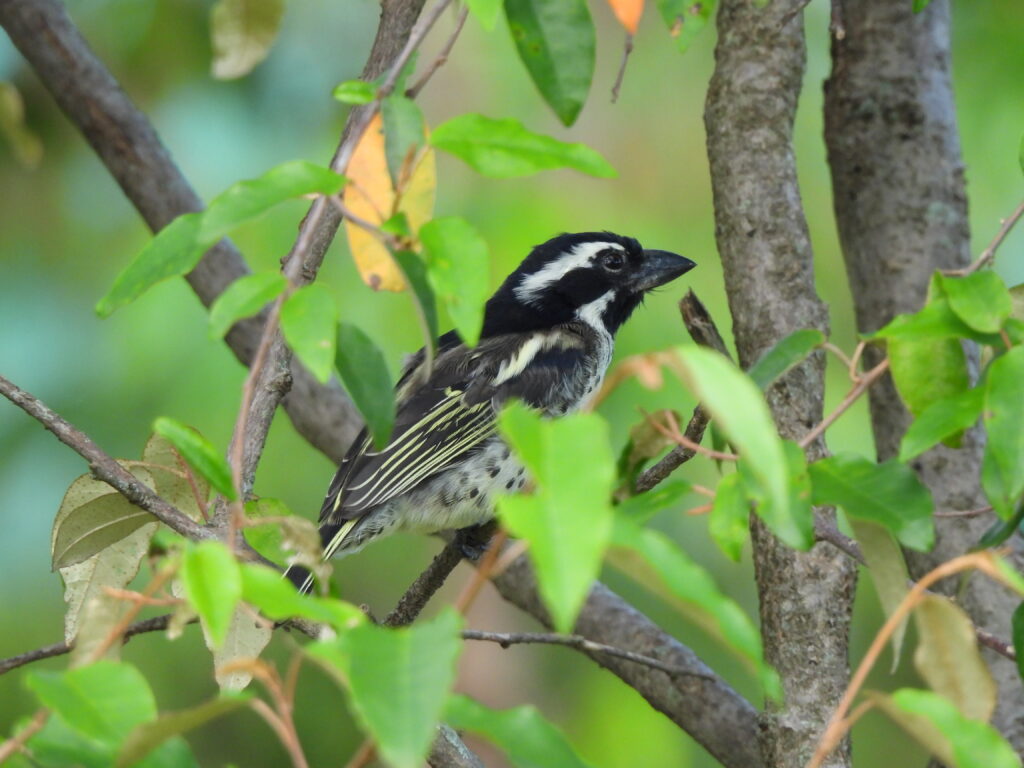
While he spoke, the chief seemed surprised that we were holding pens and paper rather than cameras and mobile phones. Some time later, the misunderstanding became clear and we were granted an actual interview — the men with the Maasai warriors and the women with the village ladies. Only then did things become a touch less flashy and flowery and a bit more realistic. It was hard to discern what was their truth and what was the story they wanted to share. It left me with a rather harsh feeling of alienation.
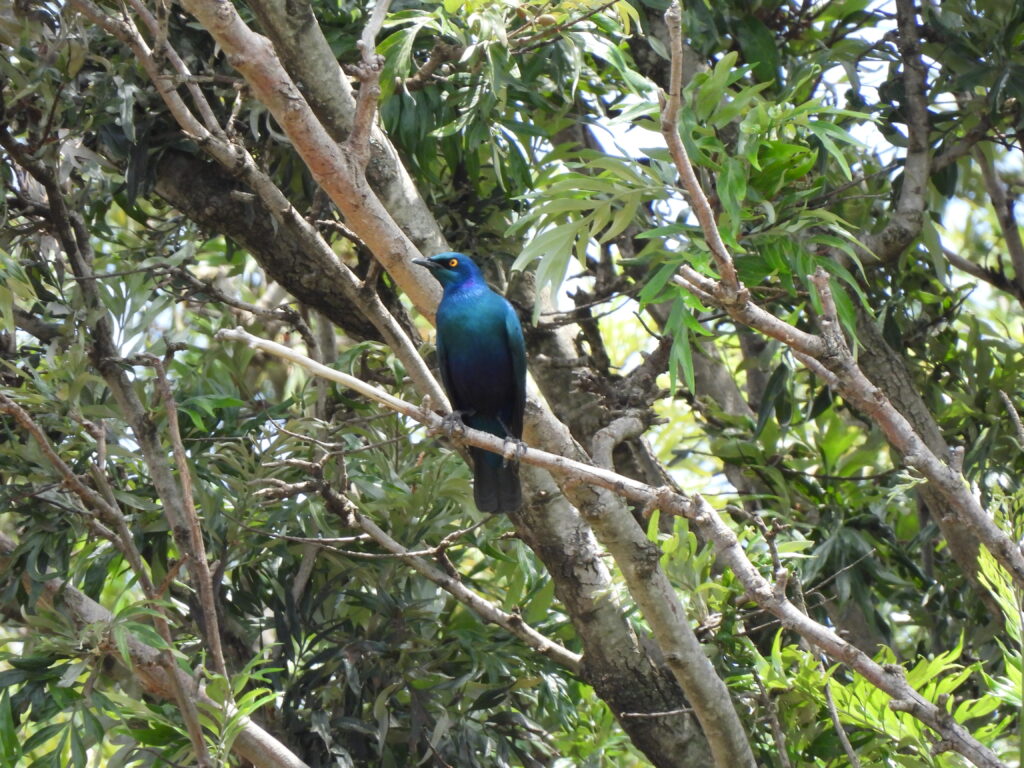
Following this line, we spoke to some Maasai herders right next to our accommodation the following day — perhaps the kind of Maasai men who are not usually in front of tourists. They had built some wooden bomas — temporary fencing to protect livestock overnight — for their cattle right next to our guesthouse, and gladly showed us how they work.
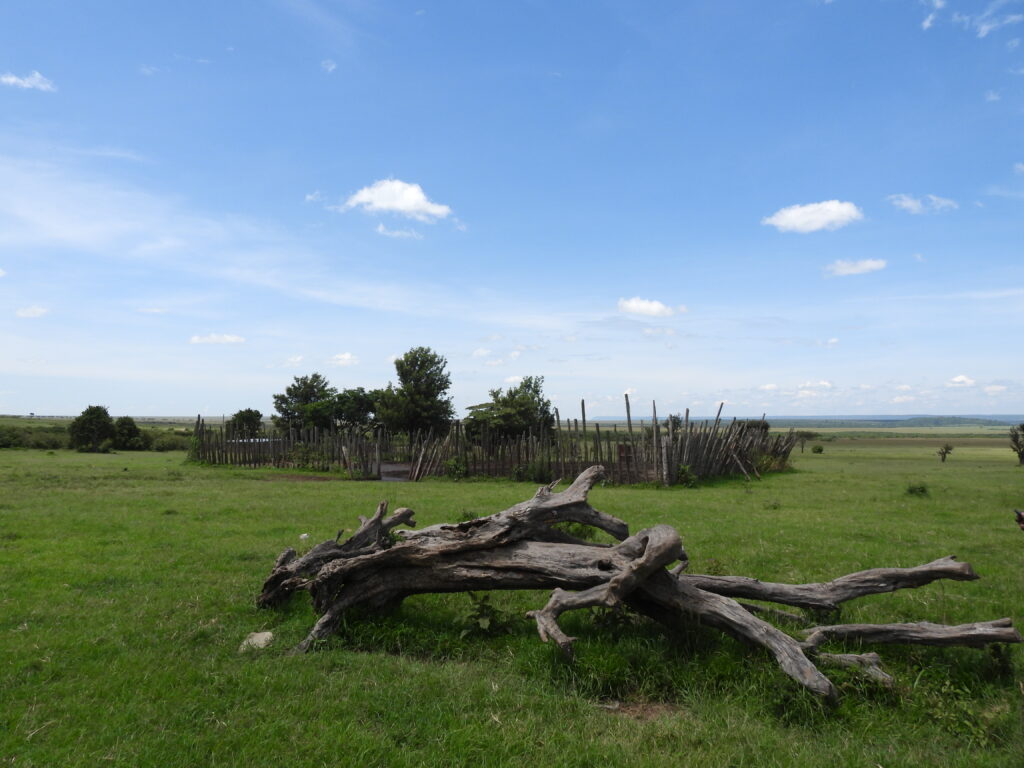
Bomas are moved periodically to distribute the cattle manure. During our visit, insects on the manure attracted pied crows (Corvus albus), wattled starlings (Creatophora cinerea), African pied wagtails (Motacilla aguimp) and western yellow wagtails (Motacilla flava). Apparently, each herder spends the night in their boma, and just a couple of nights earlier one of them had had an incident with a lion (Panthera leo).
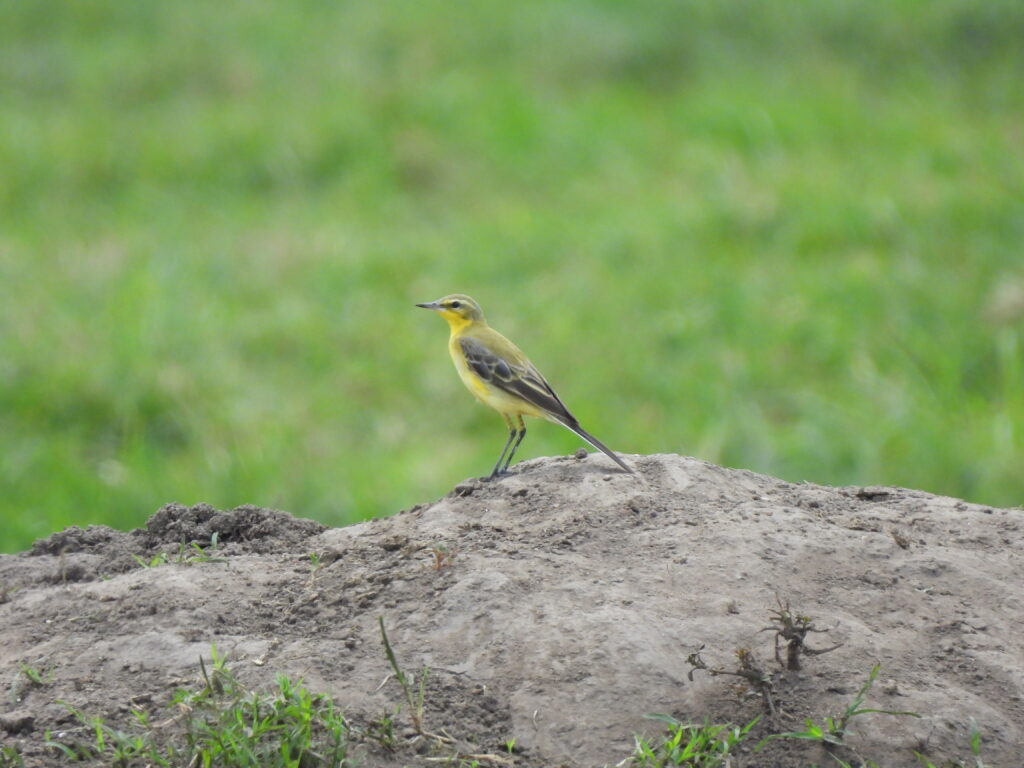
We also found time for several game drives around the Mara North area. These included good numbers of displaying pin-tailed whydahs (Vidua macroura), singing rufous-naped larks (Corypha africana), helmeted guineafowl (Numida meleagris), ring-necked doves (Streptopelia capicola), overhead pallid harriers (Circus macrourus), the odd steppe eagle (Aquila nipalensis) and flocks of village weavers (Ploceus cucullatus) and hirundines including plain martins (Riparia paludicola), white-headed saw-wings (Psalidoprogne albiceps) and wire-tailed swallows (Hirundo smithii). Small puddles featured some three-banded plovers (Thinornis tricollaris). A few males of the near-threatened and near-endemic Jackson’s widowbird (Euplectes jacksoni) were a great addition.
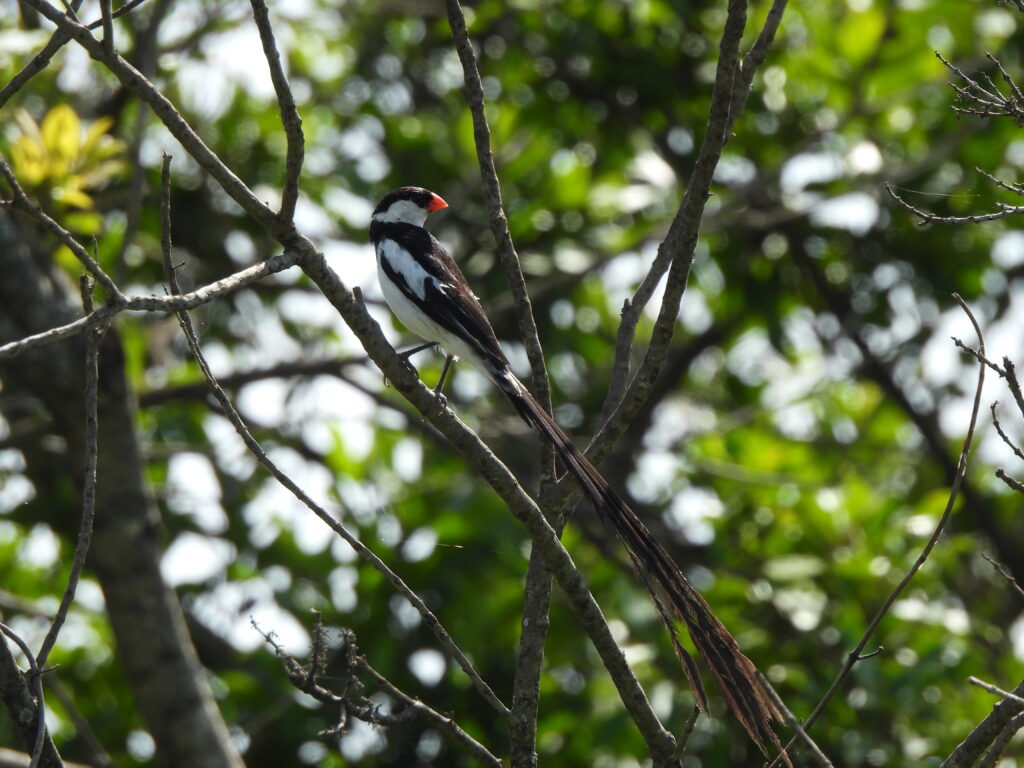
Mammals, however, were the highlight of these outings. Cracking close views of Maasai giraffes (Giraffa tippelskirchi), herds of blue wildebeest, impalas (Aepyceros melampus), Grant’s gazelles (Nanger granti), Thomson’s gazelles (Eudorcas thomsonii) and plains zebras were almost guaranteed on every game drive.
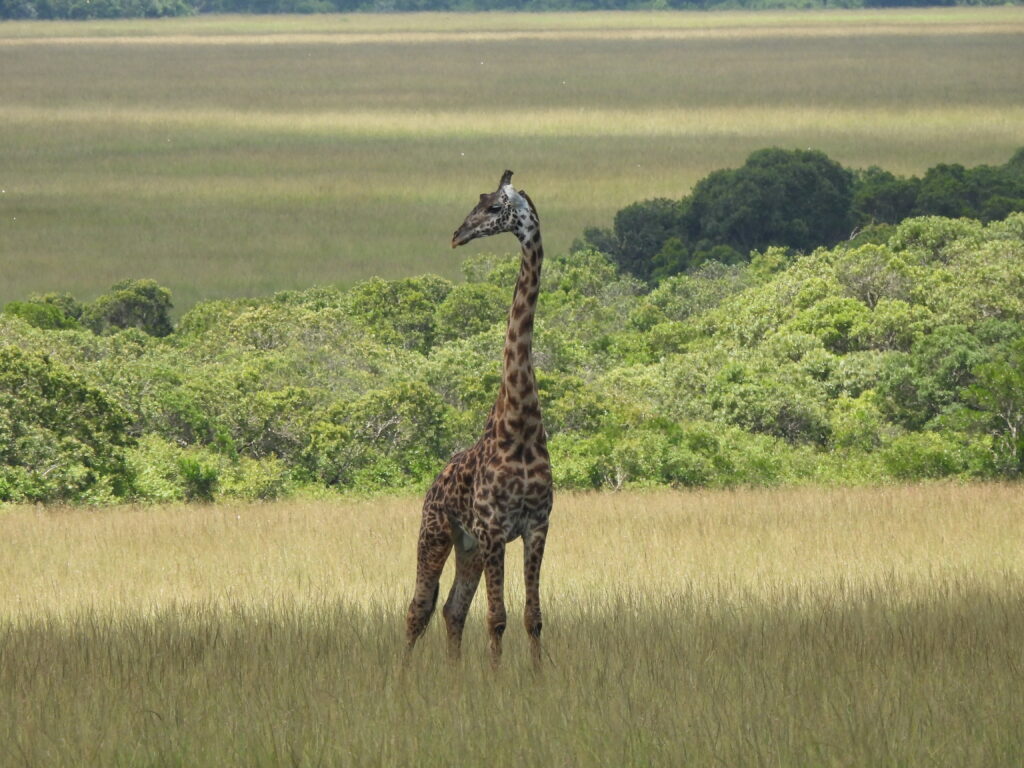
We also wandered around Mara North at night. Spotlighting from our cars, we encountered small numbers of crowned lapwings (Vanellus coronatus) and spotted thick-knees (Burhinus capensis), as well as our target — the eastern springhare (Pedetes surdaster) — and had incredible encounters with hippos (Hippopotamus amphibius), elephants (Loxodonta africana) and lions.
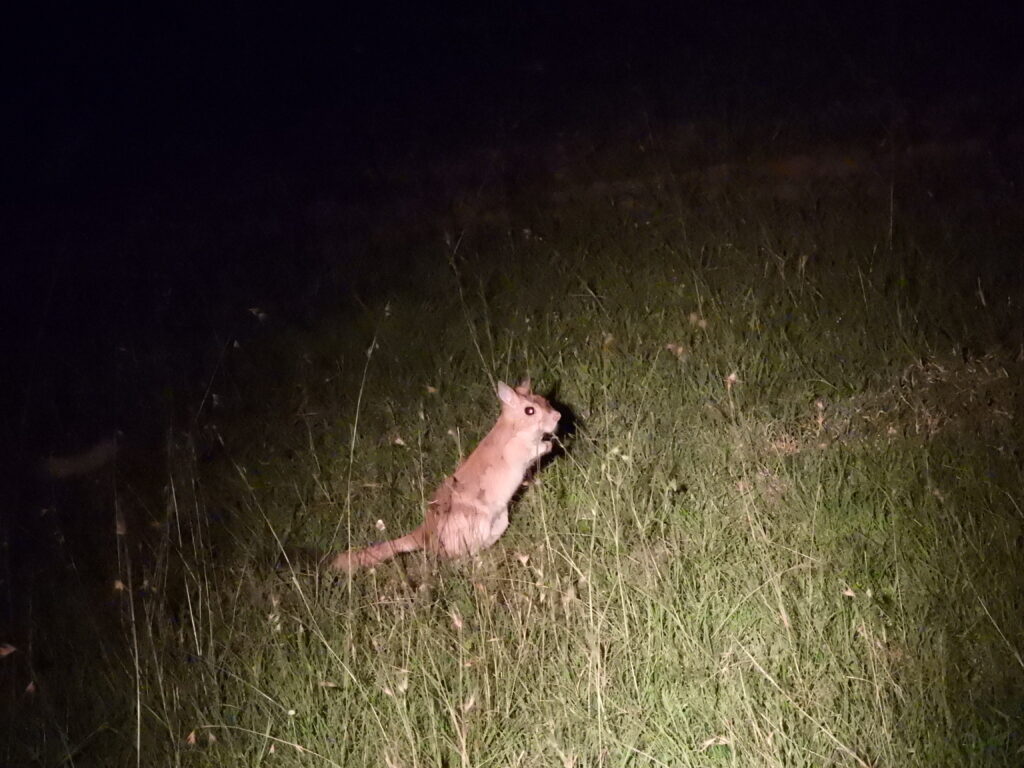
We also interviewed locals in Talek village, right next to one of the main gates to the Maasai Mara National Reserve. We were accommodated at a certain distance from Talek, which allowed us to connect with different birds along the road: straw-tailed whydahs (Vidua fischeri), silverbirds (Empidornis semipartitus), capped wheatears (Oenanthe pileata), and red-cheeked cordon-bleus (Uraeginthus bengalus), as well as black-backed jackals (Lupulella mesomelas). Once, we even found a family of banded mongooses (Mungos mungo). However, the most notorious inhabitants of some stretches of the road were the endemic Mwanza flat-headed rock agamas (Agama mwanzae), showing off their beautiful red-and-blue looks.
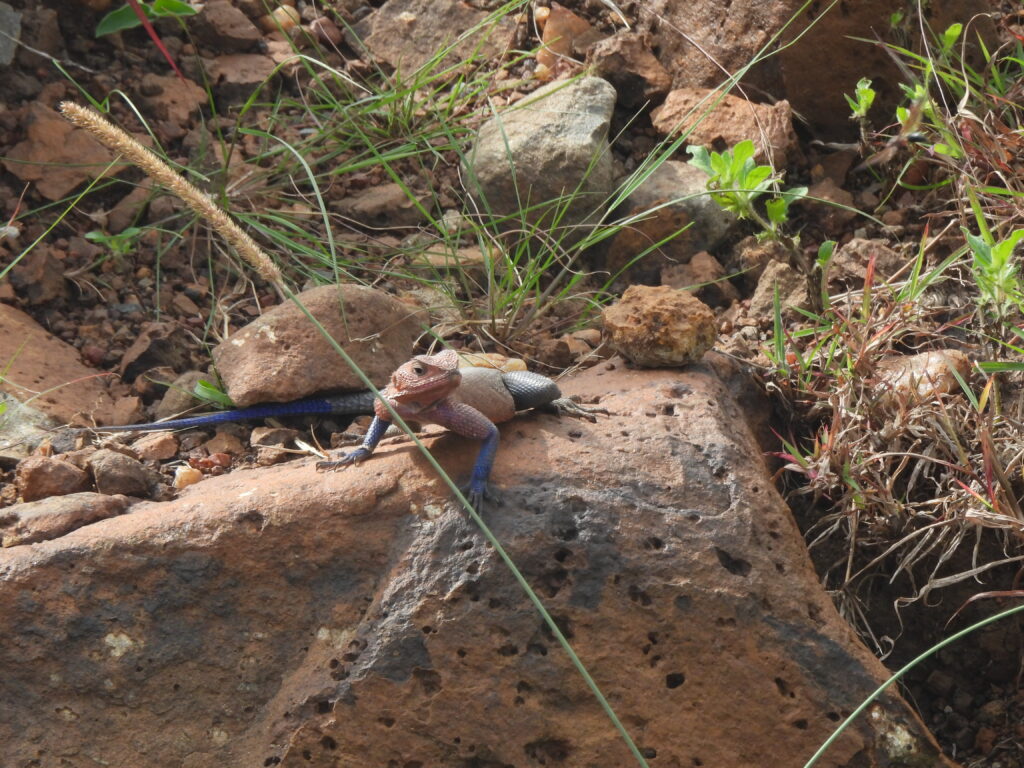
We gathered quite close to the National Reserve gate, where white-fronted bee-eaters (Merops bullockoides), Hildebrandt’s starlings (Lamprotornis hildebrandti), and flocks of marabou storks (Leptoptilos crumenifer) foraged, while little swifts (Apus affinis) bred. We were joined by a group of five couples — married men and women who were relatives and friends. No flourishes or sales pitches, just confidence and comfort. This improved our understanding of their experience incredibly.
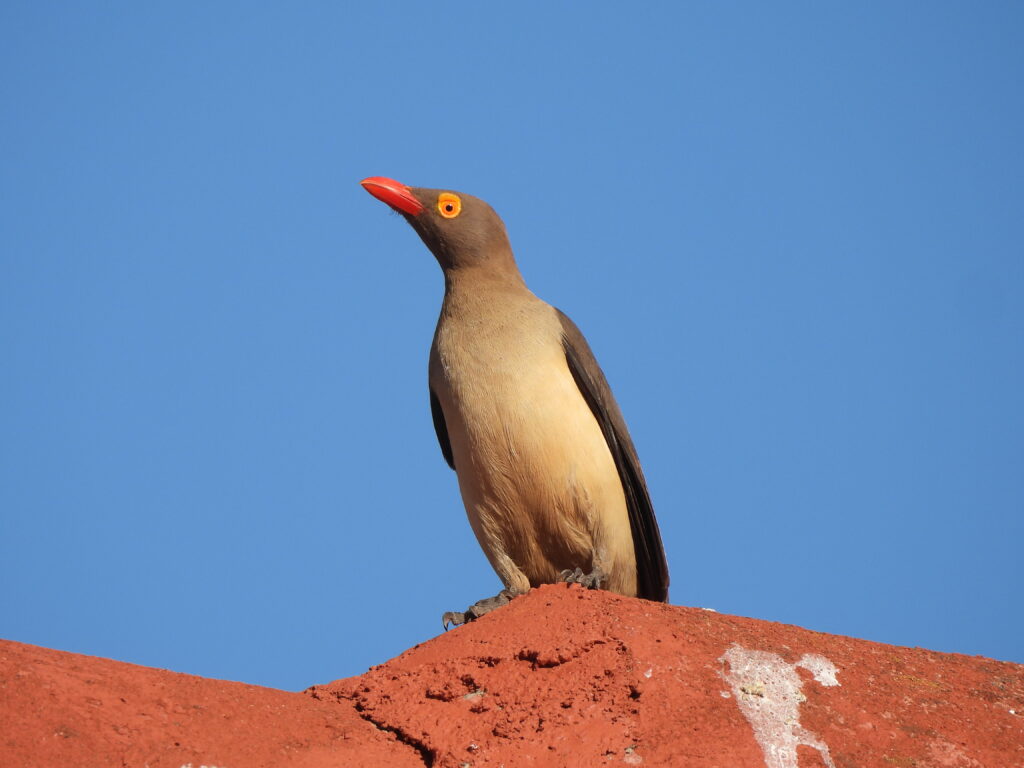
One of the nicest parts of the interview was understanding their perceptions of different species. For instance, the Maasai seemed to generally respect and appreciate lions, associating them with positive ideas and strong admiration while admitting the difficulties of coexisting with them. They also seemed to have generally positive or neutral perceptions of vultures, but acknowledged that their numbers have recently dropped. Most interestingly, they generally disliked wildebeest. Those Frankenstein-like creatures are considered a bad omen in local folklore — said to have a cricket’s head, a large flat body, tiny thin legs, and, perhaps most importantly, to transmit certain diseases to livestock.
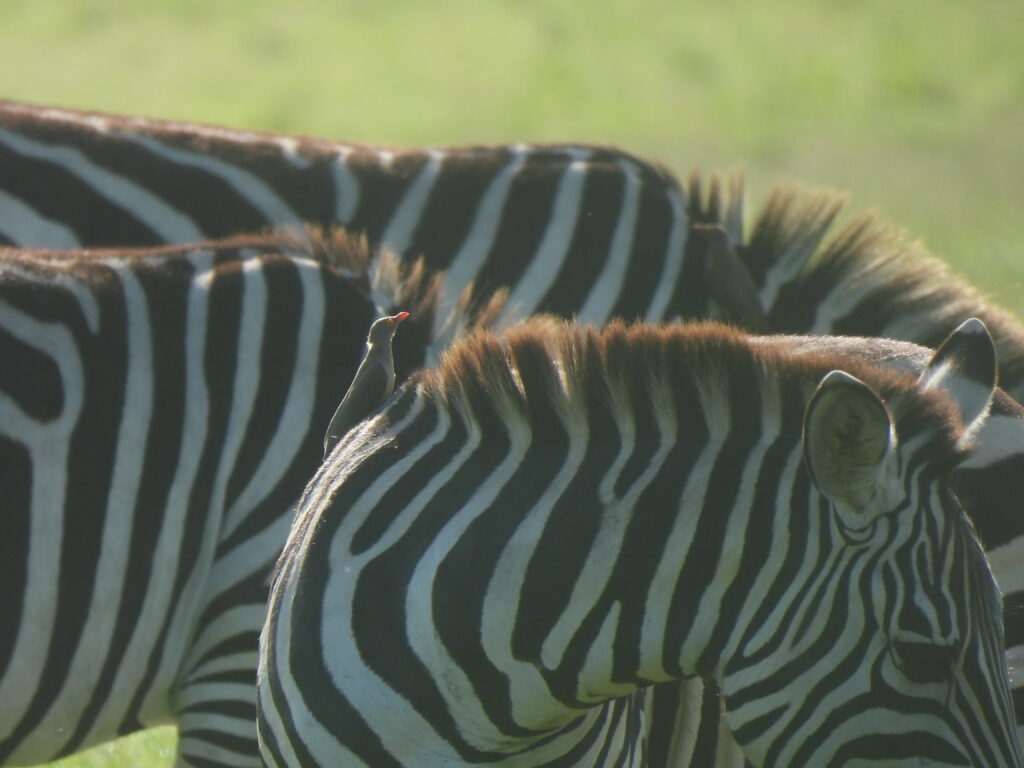
As we spent more time with the Maasai, we came to understand something crucial. Kenya is full of fences intended to prevent human–wildlife conflicts, which we came to learn are often poorly effective. Instead, these structures restrict the pastoral movements of Maasai herds, creating a complex set of human–human conflicts. Maasai herders are denied access to important grazing areas, forcing them to accelerate a shift in their livelihoods towards forms of herding unfamiliar to their customs, so different from those of the leading tribes. Most of us ended up realizing that the fences might have initially been set to separate humans from wildlife, and even if they might not work effectively for their initial purpose now they sadly remain because of how effectively they separate humans from humans.

